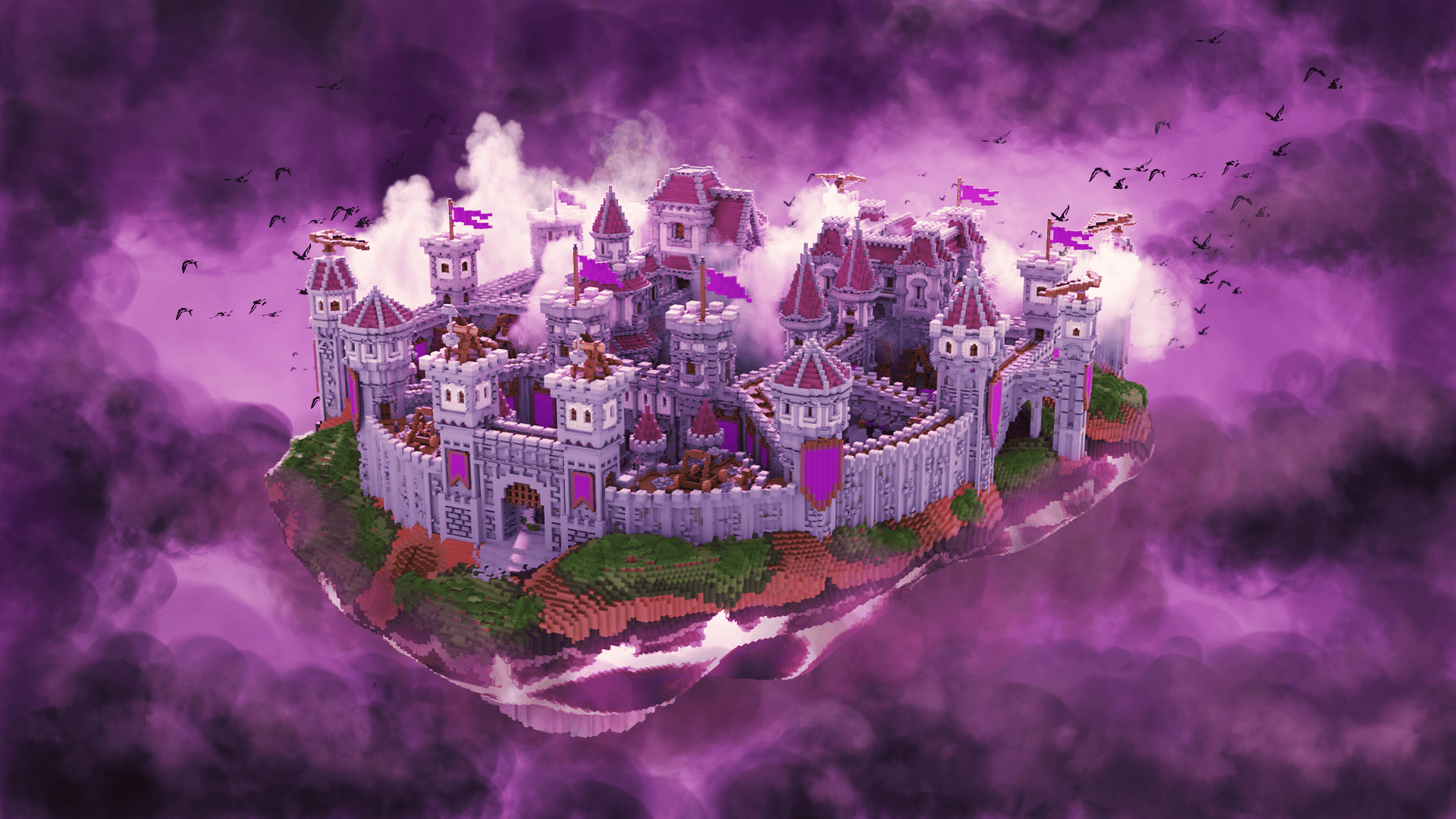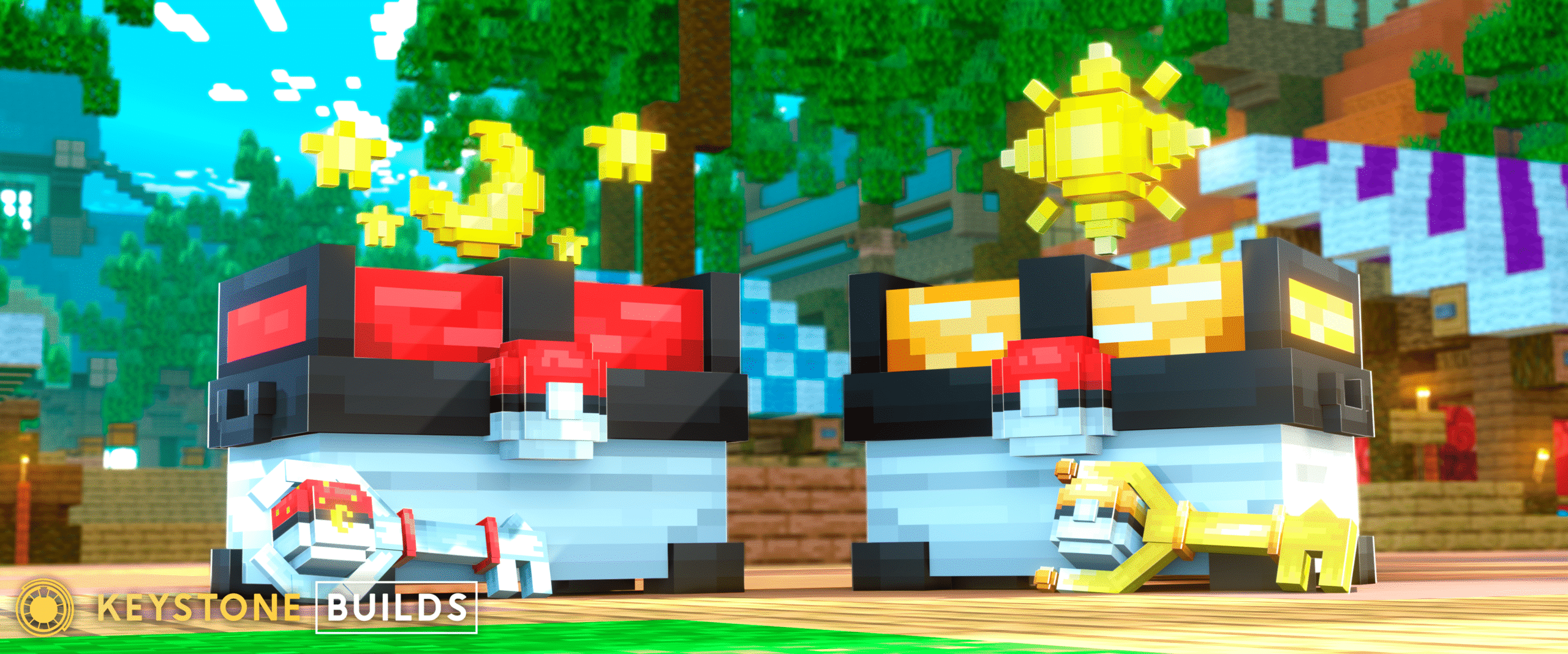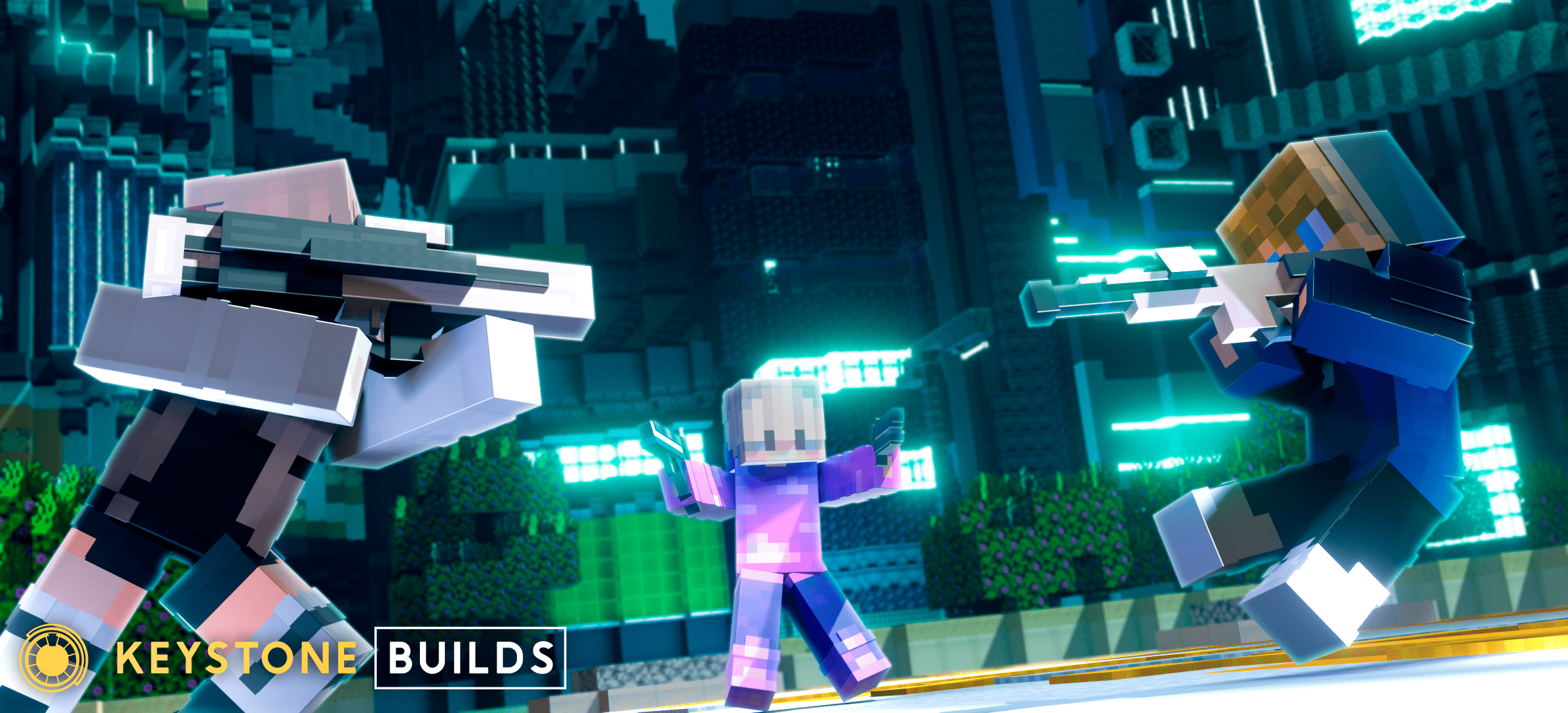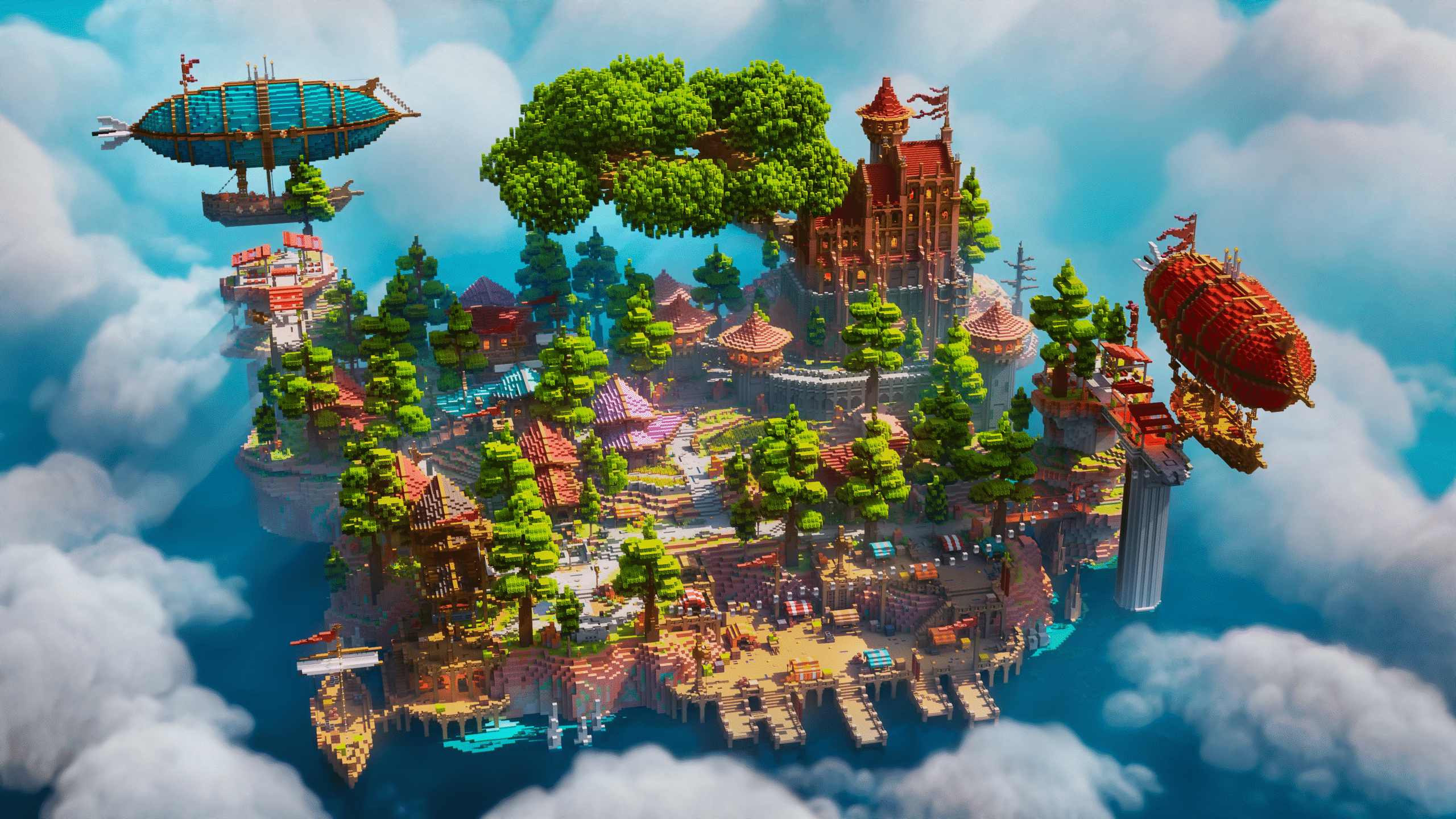Starting a Minecraft server is one of the most exciting things you can do as a player—but also one of the easiest to get wrong.
If you’re dreaming of launching your own community, welcoming new players, and running events that go viral, you’re not alone. Thousands of people try every year. But most servers never make it past the first month. Why? Because beginner server owners fall into the same traps—again and again.
This post breaks down the 10 most common (and avoidable) mistakes new server owners make. Learn from others’ missteps, and you’ll have a massive head start.
No Clear Server Goal or Theme
You can’t be everything to everyone. One of the biggest mistakes is launching a server with no clear identity. Are you survival? Roleplay? Minigames? Hardcore PvP?
If your players can’t describe what your server is in one sentence, they’ll move on.
Pick a core theme or experience and stick to it. Whether it’s a cozy roleplay town, a competitive PvP grind, or a Pokémon-themed world, clarity helps attract the right kind of players—and keep them.
Choosing the Wrong Gamemode
Some gamemodes require way more setup than others. Starting with complex systems like factions, economy survival, or modded gameplay without the skills or plugins to support them can overwhelm beginners fast.
Start with something manageable. Creative plots, survival with claims, or basic minigames are easier to launch and still fun. Once you’re confident in your admin skills, you can layer on complexity.
Also, choose a gamemode that fits your intended audience. Don’t build a hardcore anarchy server if you’re hoping for a casual, friendly community.
Bad Spawn Design or No Lobby
Your spawn is your first impression. If it’s confusing, empty, or just ugly… well, you’ve lost your new player before they even type “hi.”
Beginner servers often make spawns that are:
- Too small and cluttered
- Way too large and aimless
- Missing signs or guidance
- A flat box with no style
A good spawn should be beautiful, intuitive, and tell your server’s story. If you’re not a strong builder, this is where pre-built maps can make a huge difference right away.
Ignoring Optimization
A beautiful server that lags is still a bad server. And if you don’t think about performance from day one, you’ll run into problems fast—especially with more than a few players online.
Beginner mistakes here include:
- Running too many entities at spawn
- Using heavy plugins with no performance settings adjusted
- Ignoring server tickrate or TPS
- Hosting on the cheapest plan possible with no backups
Even a small server should run smoothly and consistently. If your players start rubberbanding or experiencing crashes, they won’t wait around for you to fix it.
Using Too Many or Conflicting Plugins
Plugins are amazing—they let you add features, systems, and polish to your server. But adding everything is a recipe for disaster.
Beginners often fall into these traps:
- Installing dozens of plugins without knowing what they do
- Failing to test plugin compatibility
- Not setting up permissions properly
- Ignoring plugin updates or errors in console
Stick to the essentials at first: permissions, teleportation, grief protection, and maybe one or two fun extras. Keep it simple, test regularly, and only add more when you’re sure you can manage them.
Poor Communication With Players
Players aren’t mind readers. If you don’t communicate clearly and consistently, they’ll feel lost or ignored—and they’ll leave.
New server owners often fail to:
- Set up Discord or in-game announcements
- Post rules, events, or updates in a central place
- Respond to DMs or bug reports
- Set expectations for development timelines
Make sure you have a Discord server, a welcome channel, a roadmap or changelog, and a way for players to share feedback. Even a small community appreciates transparency.
Weak or Nonexistent Moderation
Every public server needs rules—and someone to enforce them.
Without moderation, griefers, trolls, and hackers will turn your world into chaos. And if you’re the only staff member, you’ll burn out trying to fix everything.
Many new servers skip this step, thinking “we’ll deal with that later.” But by the time you need moderation, it’s usually too late.
Create clear rules, recruit at least one or two trustworthy staff members, and install tools like /rollback or anti-cheat plugins from the start.
No Plan for Player Retention
Getting players to join your server is one thing. Getting them to stay? That takes strategy.
Beginners often focus on marketing and forget retention. But if your players leave after one session, all your promo work was for nothing.
Common reasons players leave:
- No active events or rewards
- No goals or sense of progress
- No social spaces or player interaction
- Nothing new after the first 10 minutes
Think about player progression, repeatable content, seasonal updates, or custom builds that encourage long-term exploration.
Remember: keeping 10 loyal players is more valuable than constantly chasing 100 new ones.
Underestimating Server Costs
Yes, Minecraft hosting can start as low as a few dollars a month—but that’s just the hosting.
Beginners often forget about:
- Domain names
- Premium plugins
- Developer fees for custom mods or setup
- Paid marketing (ads, YouTube, TikTok collabs)
- Builder commissions
If your goal is to grow, these costs add up fast. Don’t commit to a 50-player experience on a $5 shared plan.
Start small, scale smart, and don’t be afraid to use free resources—but be honest with yourself about what it takes to go big.
Trying to Build Everything Alone From Scratch
This is probably the most damaging beginner mistake.
Minecraft players are creative. If you’re starting a server, you likely want to build it all by hand, write your own configs, and control every little detail.
But unless you’re already a top-tier builder, plugin expert, and manager—it’s too much. And it will delay or ruin your launch.
We’ve seen it time and time again: a passionate server owner spends 6 months building everything from scratch… and then burns out before even opening.
Don’t fall into that trap. Use what exists. Pre-built spawns, plugin presets, starter guides. These tools don’t “cheat” your creativity—they protect your momentum.
Real-World Impact: How These Mistakes Kill Servers
Let’s tie it together. Each of these mistakes isn’t just annoying—they have real consequences:
- A bad spawn means players quit in the first 2 minutes
- Lag and crashes drive players to smoother servers
- Confusing layouts, plugins, or rules lead to frustration
- No events or goals = nothing to return for
- Trying to do it all solo = burnout
On the flip side, we’ve seen clients at Keystone Builds completely turn things around by addressing just a few of these problems.
One small server came to us after their DIY spawn failed to retain players. They switched to one of our optimized pre-built survival hubs, added a Discord event calendar, and cleaned up their plugins. Within a month, they tripled their average player count—without spending thousands.
Sometimes, all it takes is fixing one or two weak points to unlock real momentum.
Avoid Mistakes—Start With the Right Tools
There’s no shame in being new. Everyone starts somewhere. But the difference between a fun, thriving server and a ghost town is knowing what to avoid—and what to prioritize.
At Keystone Builds, we specialize in helping new server owners launch faster, smoother, and with better tools from day one.
Our pre-built maps are:
- Professionally designed for real gameplay
- Optimized for performance and plugin compatibility
- Tailored to survival, minigame, Pixelmon, PvP, and more
You don’t have to spend months building your spawn by hand or guessing your way through server setup. We’ve already done the heavy lifting.
👉 Start your server the smart way—browse our collection of high-quality maps today at Keystone Builds









